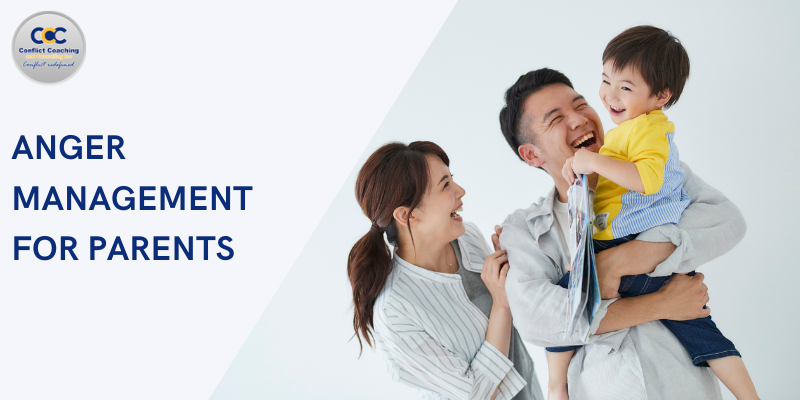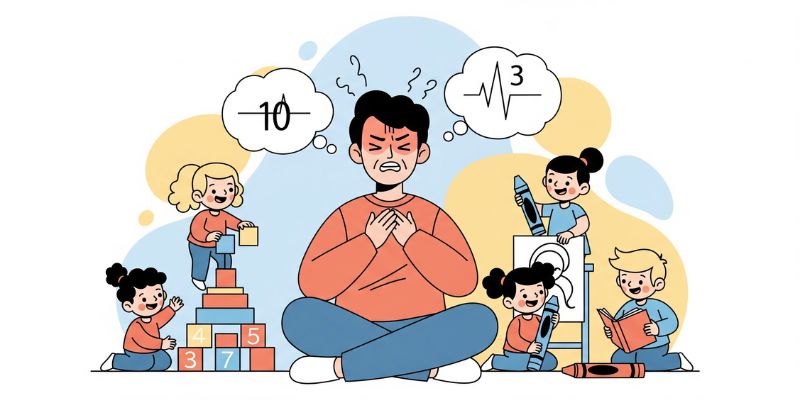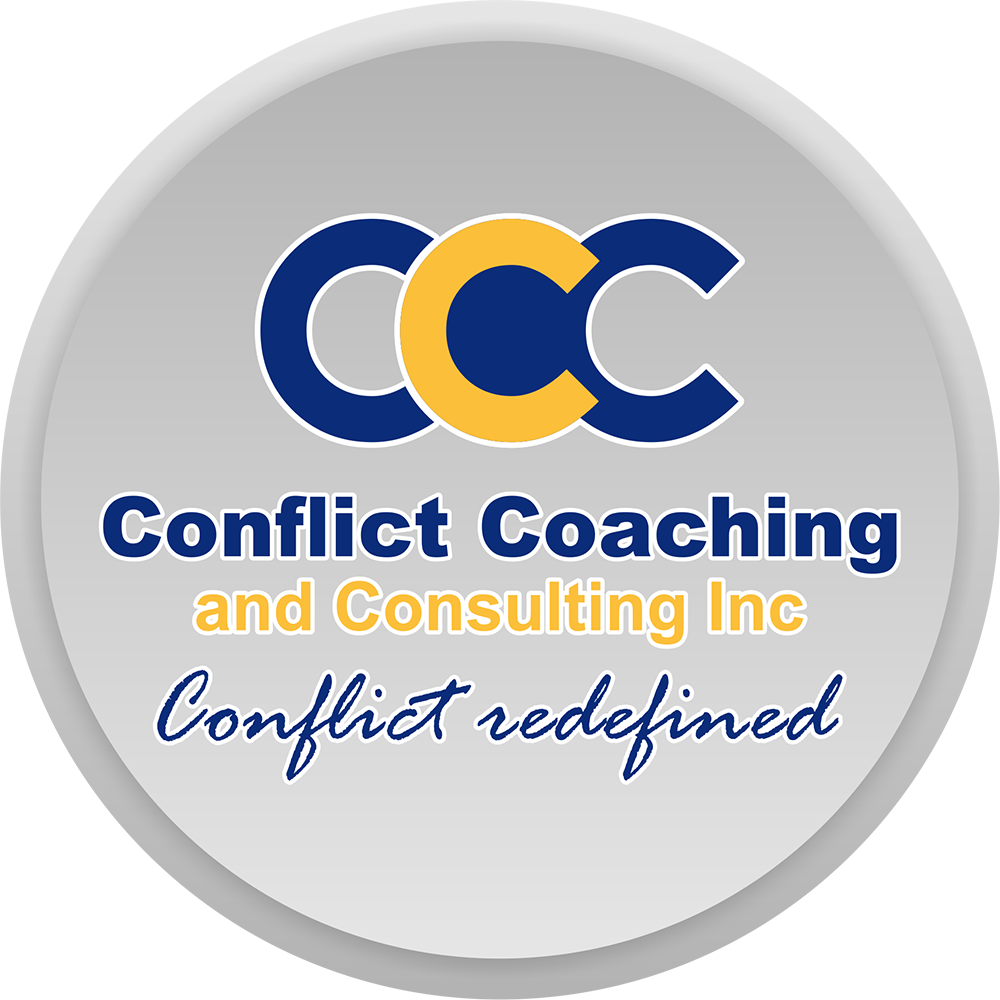
Anger Management for Parents: Strategies to Stay Calm
Parenting is a beautiful, chaotic, and demanding journey. Between the endless to-do lists, sibling squabbles, and public tantrums, even the most patient parent can feel their frustration boil over.
Feeling angry doesn’t make you a bad parent; it makes you human. The true measure of your parenting isn’t the absence of anger, but how you choose to manage it.
Learning effective anger management as a parent is one of the most valuable skills you can develop, not only for your own well-being but also for the emotional health of your entire family.
This guide offers practical, evidence-backed anger management strategies for parents to help you stay calm, respond instead of react, and model the kind of emotional regulation you want your children to learn.
Why Anger Management Matters for Parents?

The way you handle your anger has a direct and powerful impact on your children. When parents frequently yell or react explosively, it doesn’t just create a moment of fear; it teaches children that shouting is how we solve problems.
This models poor communication patterns and can lead to children who are either emotionally reactive or withdrawn.
The emotional toll on the family is significant. It can create an environment of walking on eggshells, shame, and disconnection.
Effective parental anger management strengthens the parent-child bond. It builds a foundation of safety and trust where children feel secure.
The benefits are visible: a calmer home, a deeper connection with your kids, and the priceless gift of teaching them, through your own actions, how to handle big feelings in a healthy way.
Quick Calming Techniques for Parents

When you feel that familiar heat of frustration rising, these quick tools can help you hit the “pause” button before you react.
- Deep Breathing & Visualization: The moment you feel triggered, stop and take three slow, deep breaths. Breathe in through your nose for a count of four, and out through your mouth for a count of six. As you breathe, briefly visualize a calming place – a quiet beach, a favorite hiking trail. This interrupts your body’s stress response and gives your rational brain a chance to catch up.
- Take a Short Break: It is perfectly okay to step away. If you feel yourself about to lose your cool, say calmly, “I’m feeling very frustrated right now. I need to take a minute to calm down, and then we can talk about this.” Go to another room, splash water on your face, or step outside for a moment of fresh air. This managing anger as a parent strategy prevents escalation and allows you to revisit the situation logically.
- Mindfulness Check-Ins: Throughout the day, pause to notice how you’re feeling without judgment. Simply name the emotion: “I’m starting to feel stressed,” or “My patience is wearing thin.” This practice of self-awareness for parents helps you catch anger early, before it reaches a boiling point.
Communication Tools to Replace Anger
Shifting how you communicate can transform conflicts from explosive moments into opportunities for connection.
Use “I-Messages”
This tool, central to programs like Parent Effectiveness Training (P.E.T.), helps you express your feelings without blame. The formula is:
“I feel [emotion] when [behavior] happens because [effect].”
For example, instead of yelling, “You’re so messy! Clean your room now!” try, “I feel overwhelmed when I see toys all over the floor because I just cleaned up.” This reduces defensiveness and opens the door to problem-solving.
Stay Calm and Consistent
Avoid broad, accusatory statements like “You always forget your homework!” or “You never listen!” These generalizations escalate tension.
Instead, speak calmly and specifically about the current behavior. Consistency in your response also helps children know what to expect, reducing anxiety and testing.
Pick Your Battles
Not every misbehavior requires a major reaction. Ask yourself, “Is this worth the emotional energy? Will this matter in an hour? A day?”
Letting go of minor infractions (like a slightly messy room) conserves your energy for the issues that truly matter, like safety and respect.
Parenting Programs & Techniques That Support Anger Management
You don’t have to figure this out alone. Several established programs are designed to support anger control for moms and dads:
- Triple P – Positive Parenting Program: This program offers a range of strategies to promote positive behavior, prevent problems, and help parents manage misbehavior constructively, reducing the triggers for anger.
- Positive Discipline: This model focuses on teaching children important social and life skills in a way that is both kind and firm. It moves away from punishment and toward teaching, which inherently reduces power struggles and parental frustration.
- Parent Management Training (PMT): This evidence-based approach teaches parents to use positive reinforcement to encourage desired behaviors, effectively reducing the frequency of negative behaviors that often trigger anger.
Practical Discipline Strategies That Avoid Anger

When your child is pushing every button you have, the instinct to react with anger can feel overwhelming.
You might yell, threaten, or punish harshly in a moment of frustration, only to be left feeling guilty and disconnected afterward. The good news is that discipline doesn’t have to be a battle of wills.
Effective discipline is about teaching, not punishing!
By shifting your focus from controlling your child’s behavior to guiding it, you can reduce yelling, maintain your own calm, and actually teach your child valuable life lessons.
These anger management strategies for parents are designed to de-escalate situations, preserve your connection, and make discipline more effective and less exhausting.
Use Natural and Logical Consequences (Instead of Punishment)
Punishment is often about parental power and anger (“Go to your room because you made me mad!”).
Consequences are about responsibility and learning (“Because you drew on the wall, the logical consequence is that you need to help me clean it up.”).
- How it avoids anger: This approach removes the emotional charge from the situation. You are not the “bad guy” enforcing a random rule; you are a guide helping your child navigate the natural outcomes of their actions. This feels fairer to both of you and drastically reduces power struggles.
How to do it
- Natural Consequences: These happen without any parental intervention. (e.g., If a child refuses to wear a coat, they will feel cold. If they don’t eat their lunch, they will feel hungry later).
- Logical Consequences: These are directly related to the misbehavior and are enforced calmly and respectfully.
- Example: “You threw your toy truck. That’s not safe. The logical consequence is that I’m putting the truck away for the rest of the afternoon.” The consequence is directly tied to the action, making it a learning moment, not a punitive one.
Reframe “Time-Out” as a “Calm-Down Break”
Traditional time-outs can feel isolating and punitive, which can trigger more resistance and anger in both parent and child. Instead, reposition this tool as a valuable skill for emotional regulation for everyone.
- How it avoids anger: It changes the goal from “banishing” a misbehaving child to “helping an overwhelmed child regulate.” This shift in perspective makes you a supportive coach rather than an angry judge.
How to do it
- For the Child: Create a “cozy corner” or “peace spot” with pillows, stuffed animals, or books. Frame it as a place anyone in the family can go to when they feel big feelings coming on. Say, “I can see you’re really upset. Let’s go to our calm-down spot together until we feel better.”
- For the Parent: This is your most powerful tool. If you feel yourself getting angry, you take a time-out. Say, “Mommy is feeling very frustrated and needs to take five minutes to calm down in her room. Then we can talk.” This models incredible self-regulation and prevents you from saying or doing something you’ll regret.
Focus on Connection Before Correction
An angry or misbehaving child is often a disconnected child. When you lead with empathy and connection, you address the underlying need fueling the behavior, which makes the correction far easier and less charged.
- How it avoids anger: Connecting first (e.g., with a hug, a validating statement) calms both your nervous systems. It reminds you that you are on the same team, working through a problem, which makes it much harder to stay angry.
- How to do it: Before you correct the behavior, get on their level and acknowledge their emotion.
- Example: Your child is having a meltdown because they have to leave the playground.
- Old way (leads to anger): “Stop crying right now! We have to go! I said NOW!”
- Connection before correction: Get down, make eye contact, and say softly, “You are having so much fun. It’s really hard to leave when you’re having such a good time. I get it.” (Pause for a hug). “The rule is we have to go now to make dinner. Would you like to push the stroller to the car or should I?”
Offer Limited, Simple Choices
Power struggles are a major trigger for parental anger. By offering choices, you give your child a sense of control and autonomy within the boundaries you set, reducing defiance and negotiation.
- How it avoids anger: It prevents the “no!” standoff. You avoid the frustration of trying to force a child to do something and instead invite their cooperation.
How to do it
- Instead of: “Put your shoes on now!”
- Try: “It’s time to leave. Do you want to put your red shoes on or your blue shoes on?”
- Instead of: “Eat your dinner!”
- Try: “Would you like to eat the broccoli first or the chicken first?”
Catch Them Being Good (Positive Reinforcement)
We often focus intensely on misbehavior, but the most powerful way to shape behavior is to notice and praise the behavior we want to see. This creates a positive feedback loop and a more joyful atmosphere.
- How it avoids anger: It shifts your focus from what’s going wrong to what’s going right. This positive lens makes you feel more successful and less like a constant disciplinarian, reducing overall frustration.
How to do it
- Instead of: “Good job.”
- Try: “I saw you share your toy with your sister without me even asking. That was so kind and generous of you. Thank you!”
- Instead of: (Silence when they are playing quietly).
- Try: “I really appreciate how peacefully you two are playing together right now. It makes the afternoon so pleasant.”
By integrating these practical discipline strategies, you move away from reactive, anger-based parenting and toward a proactive, connection-based approach.
This not only preserves your peace but also teaches your child self-discipline, empathy, and problem-solving skills that will serve them long after the tantrum is over.
Conclusion
Remember, the goal of anger management for parents is not perfection. It is progress. Every deep breath you take, every moment you pause, and every time you choose a calm response is a victory.
It is a commitment to breaking cycles and building a home filled with more connection and less conflict.
Be compassionate with yourself. This is a practice, and with each intentional effort, you are not only reducing yelling but also giving your children the lifelong gift of emotional resilience. You are building a family legacy of health, calm, and love.





Responses